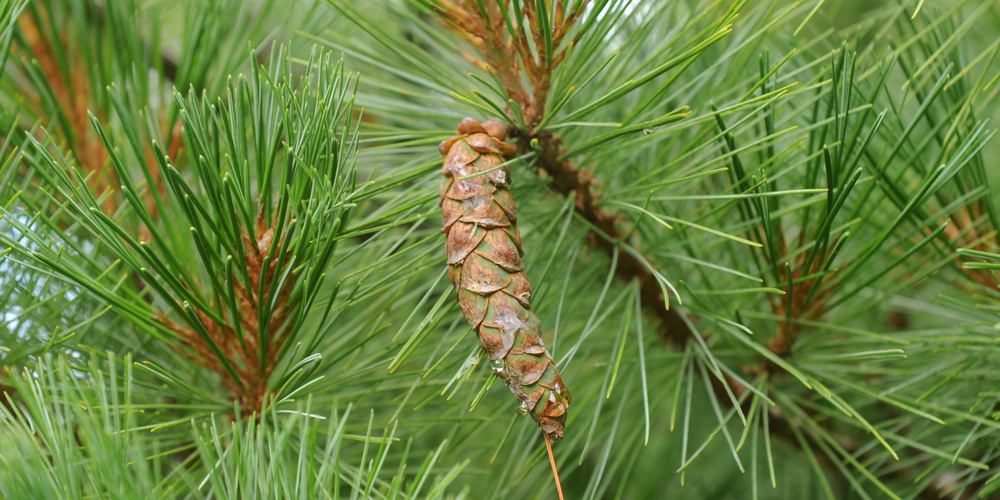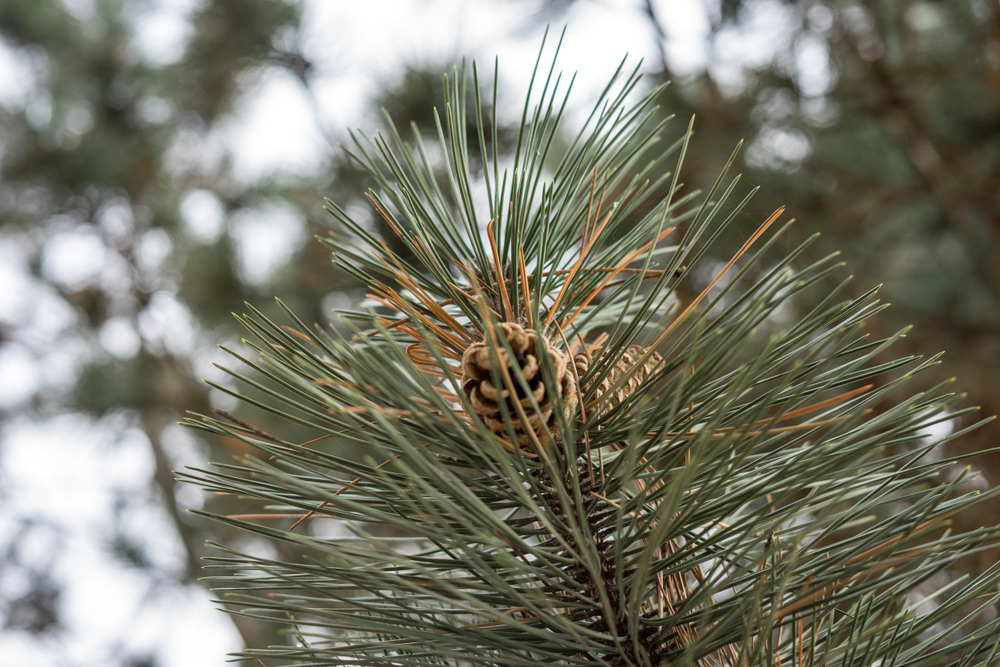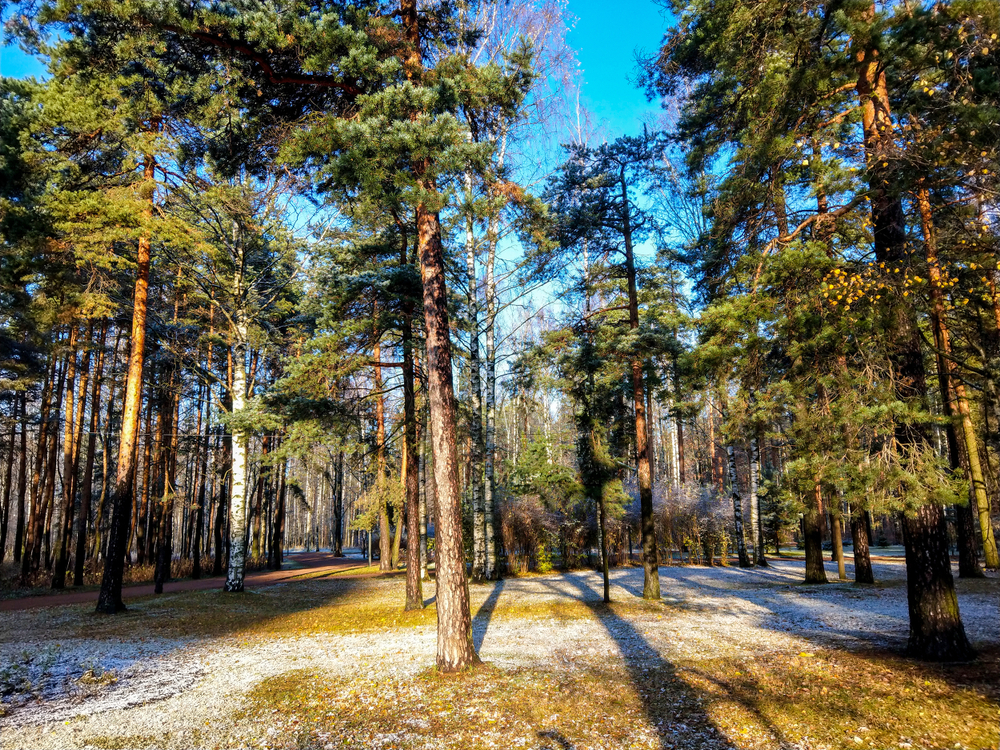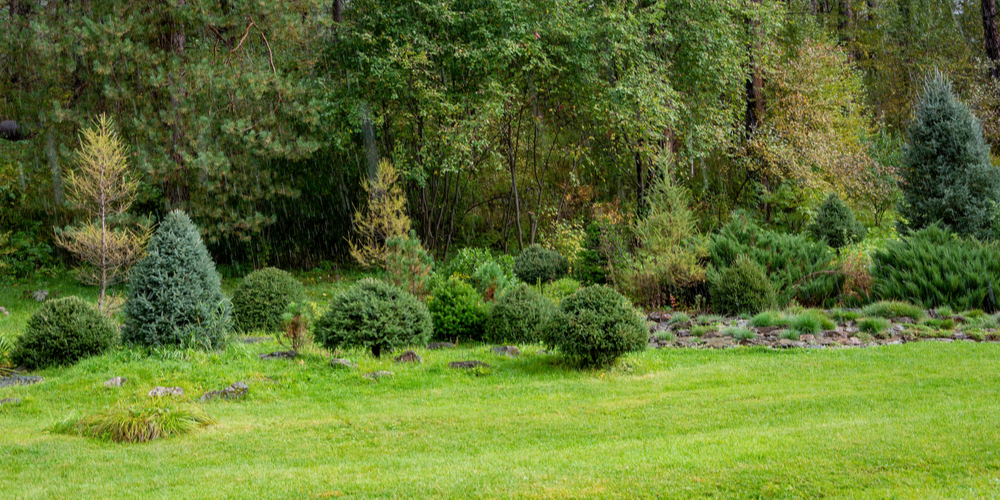Pine trees are beautiful towering trees that you can find in many forests in the United States. You’ll especially notice them in the Northeast where they’re quite common in states such as Maine and Massachusetts. Some of these pine trees are native, while others originate from other areas.
There is a large variety of pine trees in Massachusetts, but only three of them are truly native to the state. Let’s take a deeper look at these native pine trees.
Eastern White Pine (Pinus Strobus)
You can find eastern white pine trees in hardiness zones three to eight. They are native to the eastern side of North America. In Massachusetts, they’re typically scattered all around the state, as the entire state falls into this hardiness zone range. There are approximately 2,123.5 cubic feet of eastern white pines in Massachusetts.
These pine trees can grow over 100 feet and can have a three to five-foot wide trunk. However, you’ll usually see them stay at about 50 to 80 feet due to a slower growth rate as they age. The branches can spread outward up to 35 feet, providing a lot of shade coverage.
The bark and branches of the eastern white pine tend to have a gray hue to them, and the pine needles are a mix of green and blue. The pine needles grow in groups and typically grow up to around four inches long. You’ll also find that this pine tree grows rather large pine cones that can grow up to a foot long.
Pitch Pine (Pinus Rigida)
The pitch pine grows in hardiness zones four through seven and is native to eastern North America. In Massachusetts, you’ll commonly see these pine trees in Cape Cod and along the coast due to the poor, sandy soil that they like to grow in. However, you can still find them scattered throughout the whole state.
This pine tree can grow up to 100 feet tall, have a trunk diameter of up to about 3.5 feet, and live for a maximum of 200 years. Their branches can spread out to a span of about 50 feet, offering plenty of ground cover. The branches produce long, pointy green and yellow needles and pine cones that reach about three inches in length.
The bark of the pitch pine tree is rather thick, which protects the tree from damage, and it comes in a red and brown color. It looks very rough and almost a little scaly. The pitch pine covers approximately 211,000 acres in Massachusetts.
Red Pine (Pinus Resinosa)
The red pine is native to the northeastern area of North America and grows in hardiness zones three through seven. These pine trees grow in a narrow strip of land that is about 1,500 miles long and 500 miles wide. This strip of land ranges from Nova Scotia to the Great Lakes and runs through Massachusetts.
You can find these trees scattered throughout Massachusetts. There are two primary clusters of these trees located near Boston and the western border of Massachusetts.
Red pine trees usually grow up to 70 to 80 feet tall, but some can grow up to 150 feet tall. Branches extend outward up to 30 feet, with long dark green pine needles that are about four to six inches long. Pine cones finish growing by the end of the summer and stay about two inches long.
The trunk of the red pine can grow up to about two feet in diameter. It consists of rusty red, scaly bark with shallow crevices. Below this trunk sits a large root system that assists in balance.
Other Pine Trees
During your travels to Massachusetts, you might notice other species of pine trees in addition to the three above. However, they come from other places. These non-native pine trees include:
- The mountain pine
- The Scots pine
- The jack pine
- The Austrian pine
- The Japanese black pine
Conclusion
There are approximately 3.2 million acres of forest in the state of Massachusetts, and you’ll commonly find the eastern white pine, pitch pine, and red pine within these forested areas. These native pine trees aid in shade coverage, landscaping, and animal housing and will continue to fill Massachusetts forests on their own for years to come.



